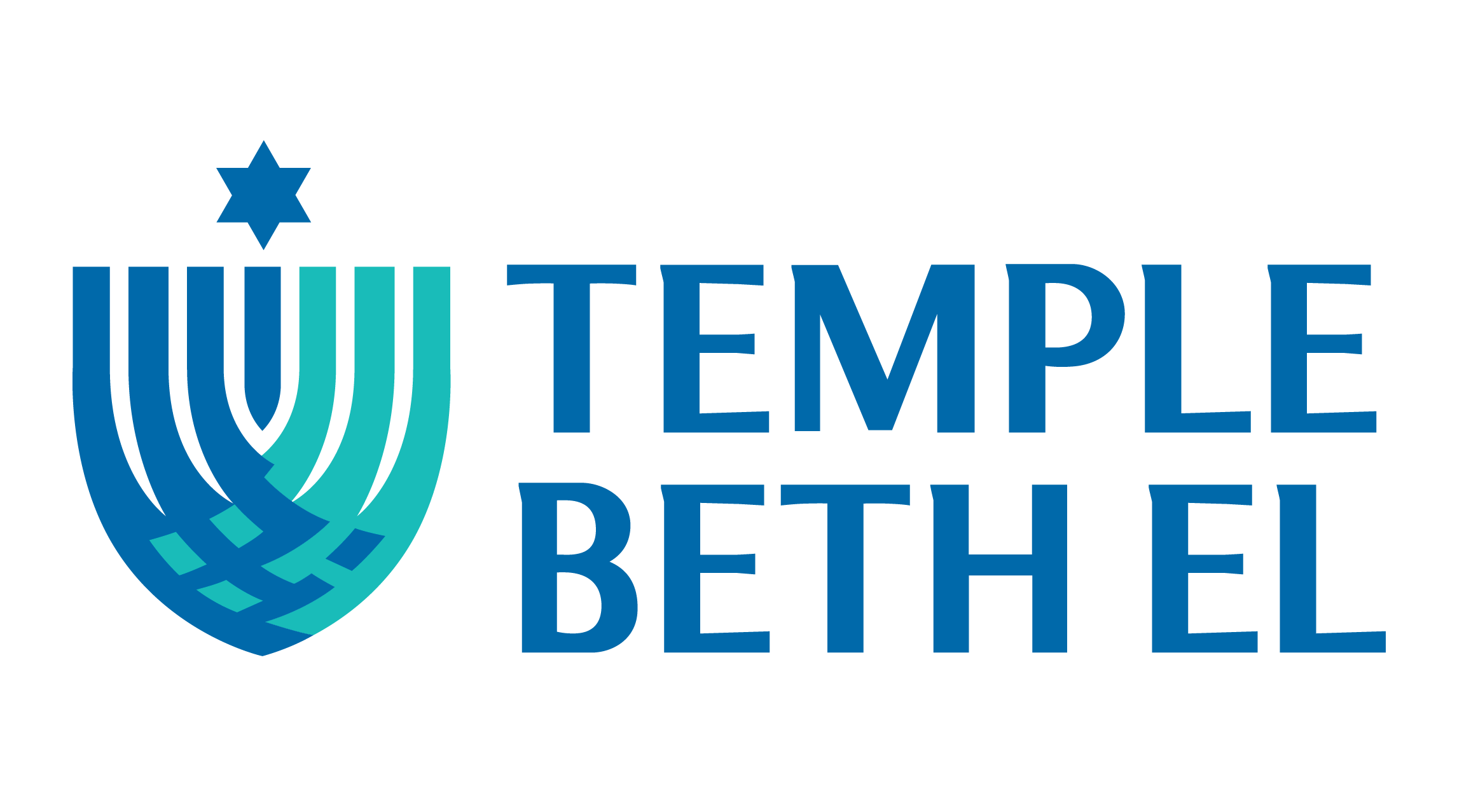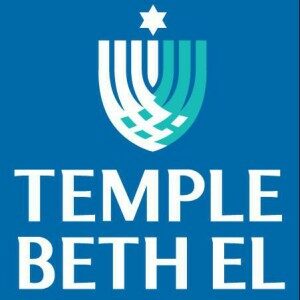What we learned (words written and shared by Andrea Cooper):
As you might guess, we saw a range of experiences among congregants about race. If you haven’t yet, take a moment to look at the quotes on the wall. These are the very words we heard from congregants in our Listening Circles.
We heard that some of us grew up in diverse communities, others didn’t. Some had a cleaner or caregiver of color in their homes. Others didn’t form interracial relationships until later in life.
Many of our formative experiences around race were connected to school and education:
- Whether school was integrated or segregated
- Whether we experience bussing for integration
- Our college roommates
- Our children’s school experiences
- Even whether we encountered school fights and racial tension at school during our childhood and teen years, or our children’s experiences with those situations
Some of us pointed to key experiences connected to home and community:
- Parental attitudes (positive or negative)
- Important friendships across race
- Experience with domestic/care workers
- Experience in interracial families
- Discrimination we may have observed or experienced
- Our experience growing up in predominantly Jewish environments or predominantly non-Jewish environments
- Class differences
- Experience with race and violence
All of that influences how each person views race.
And some of us discussed experience with race at work:
- Affirmative action, and how we feel about it, pro or con
- Diverse workplaces and what that experience has been like
- Volunteer or work experience with diverse populations
That’s what we heard from our congregants.
Another part of our team went out into the community. We met one-on-one – in what we can call relational meetings – with community leaders from a wide variety of backgrounds.
Here are the needs they identified to us, and the suggestions they made for our work:
- Understand the link between race and economics, and the historic context that created systemic racism. They urged us to recognize the tremendous disparities between white residents and communities of color, the gaps between the haves and have nots. One leader told us: “The rising tides in Charlotte have not raised all ships.”
- We heard about the need to build awareness and education. We heard from community leaders that the work starts at home: Each of us, as an individual and as part of the congregation, can consider what we can do to impact race and equity in our own lives and the life of the congregation.
- We also heard, “It’s imperative for people to get to know one another and build relationships. We fear those we don’t know.” One leader told us, “We need people who are willing to say, ‘This problem is my problem.’”
- And finally, we heard about specific issues, from lack of affordable housing and gentrification, to lack of health insurance, and to lack of easy transportation to work. One community leader said, “Many of our clients are dealing with constant trauma in their lives: sub-par housing conditions, lack of opportunities, violence, and hunger.”
From all this, our team came away with some impressions:
There can be a lack of interracial trust and that determines how, when and with whom we establish and nurture relationships. There’s a need to establish understanding and empathy of the “other,” and a need to establish relationships across difference.
Having said that, some congregants have established friendships across race, have diverse coworkers who are close colleagues, or have interracial family experiences, all of which can counteract negative beliefs.
Some congregants recognize tremendous disparities between white residents and communities of color. For example, there’s a need to acknowledge high concentrations of poverty in our schools and neighborhoods. To acknowledge segregation by race and class. To recognize a lack of economic and social mobility.
Through their stories, congregants sometimes explicitly, sometimes implicitly talked about the connection between race and economics. Their stories spanned several decades and showed us the importance in understanding the historic context that created systemic racism.
To address racial inequity, we must encourage each other – challenge each other – to intentionally make an effort to understand the experience of marginalized communities and people living in poverty. Towards that end, we realized it will be important to increase awareness and provide educational opportunities at temple to illuminate race, class, and equity, including their historic and systemic roots. The ultimate intent of TBE’s Community Organizing Project is to bring people together across lines of difference to get to know one another and work on common projects with shared goals.
What problem areas did we identify? (words written and shared by Katrina Burton Nichols)
Tikkun olam is a hallmark of Reform Judaism as we strive to bring peace, freedom, and justice to all people.
After reviewing our listening circle notes, we thought that the three most logical places to start making substantive changes were in the areas of :
- Housing segregation and affordable housing
- K-12 education
- The criminal justice system.
The Opportunity Task Force report and other academic studies have shown that affordable, stable housing is one of the largest contributors to academic opportunity, academic success, and the potential for social mobility.
Academic studies have also shown that, not only are African-Americans disproportionately arrested for crimes, 95% of police killings in 2015 occurred in neighborhoods with incomes under $100,000.
After the killing of Keith Lamont Scott on September 20th 2016, and the subsequent protests uptown, many in this community were left with the feeling that the scene unfolding before them was not their Charlotte. Could not be their Charlotte. In truth, most of those people were correct— that was not their Charlotte.
And yet, the scene was indicative of the rage felt by Charlotteans living a mere 10 miles away from this campus.
Whether you live at mile 1 or mile 10 is correlated to whether your neighbors will be predominantly poor or predominantly wealthy.
Whether you will live near a job center or have to travel several hours by public transportation to earn a living.
Whether you live at mile 1 or mile 10, is a predictor of academic success and the potential to hope of one day pulling yourself out of poverty.
A mere difference of 10 miles can predict whether you, your children and your grandchildren are more likely to be shot by a police officer even if you are unarmed. It determines how a court views your chances of rehabilitation if you do commit a crime.
Would you have thought that a mere 10 miles could predict whether a person thrives or fails in this city?
We are here today so that maybe, one day, the gap between our Charlotte and their Charlotte will be inconsequential.
Please see our Community Organizing web page for more information.




